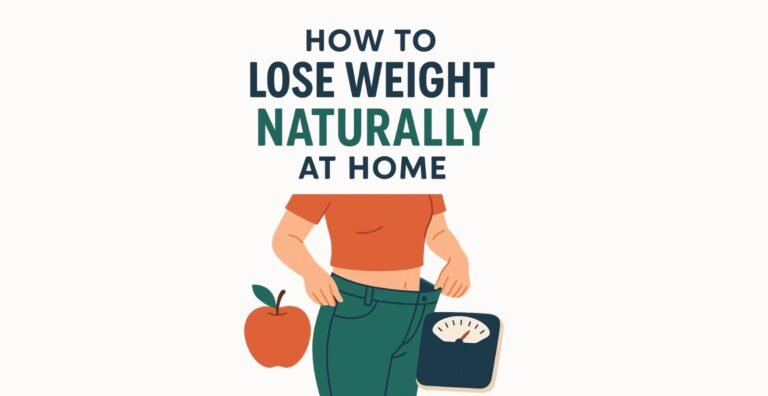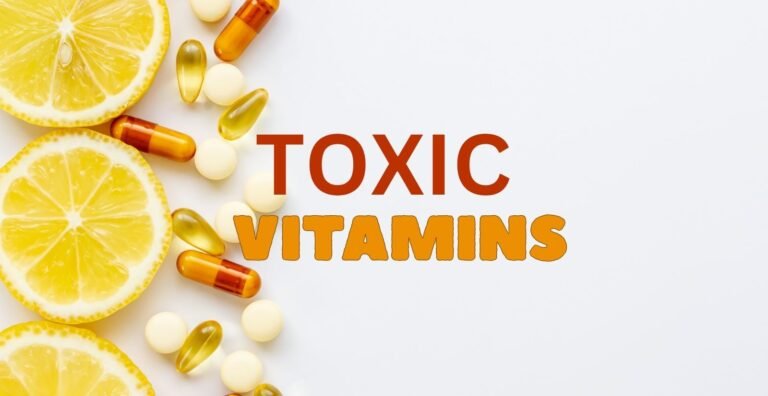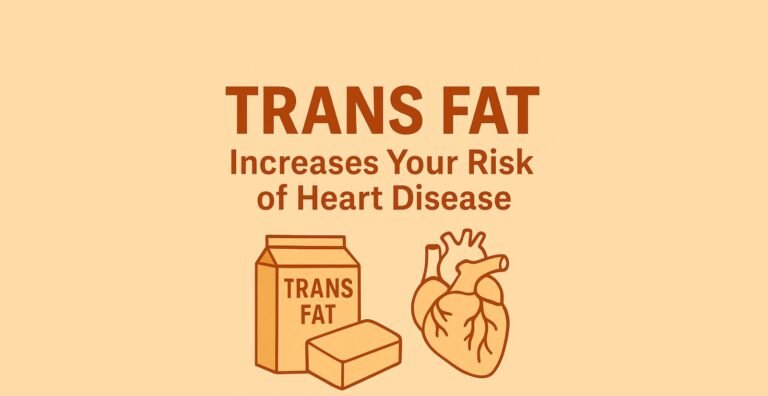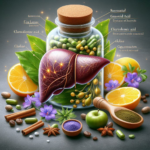Top Health & Wellness Product Reviews with Exclusive Sale Prices!
Fresh Fruits vs. Dried Fruits: Which Has More Calories?
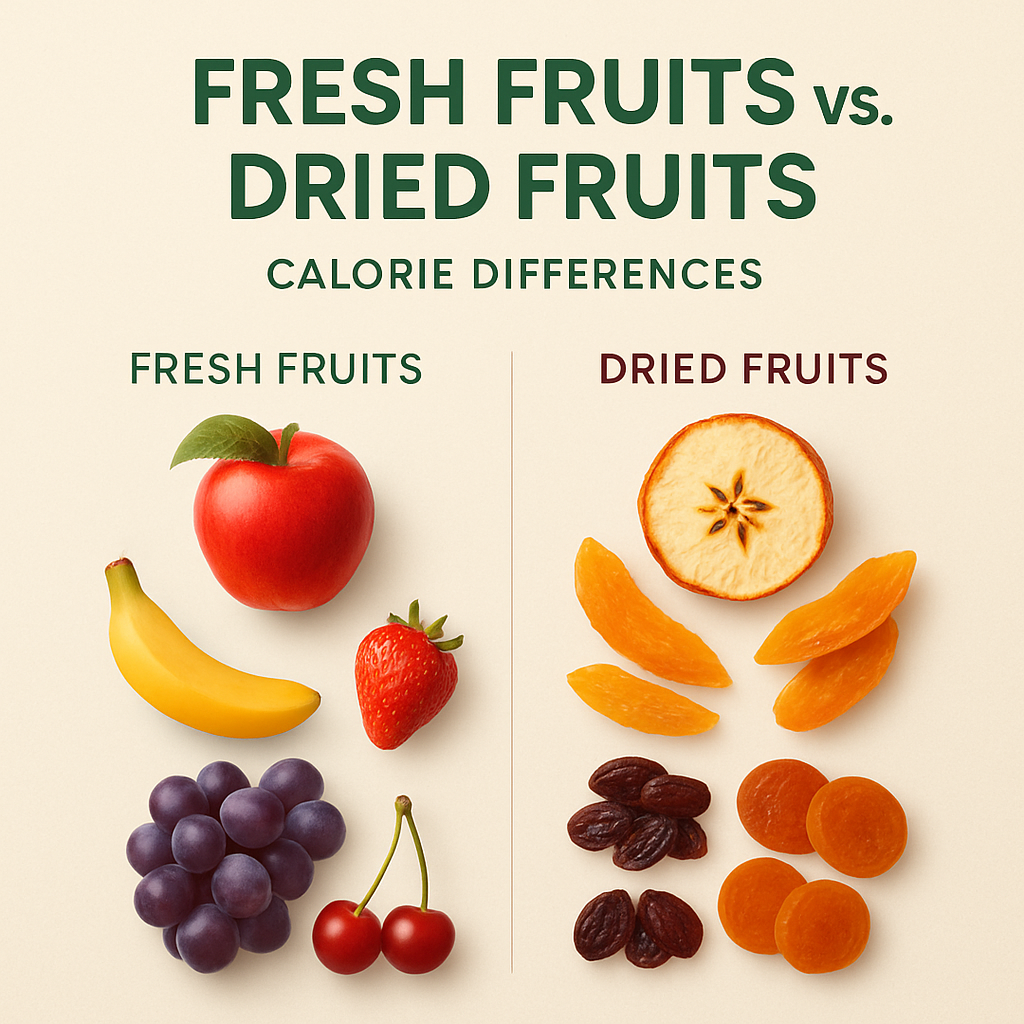
Fruits are often praised as nature’s candy—naturally sweet, rich in nutrients, and packed with antioxidants. But when it comes to fresh fruit vs. dried fruit, not all options are equal in terms of calories. Whether you’re aiming for weight loss, balanced nutrition, or just smarter snacking, understanding the calorie content of fruits in their different forms is essential.
This article explores the caloric differences between fresh and dried fruits, why they occur, and how to choose the best options for your health goals.
What’s the Main Difference Between Fresh and Dried Fruit?
The primary difference is water content. Fresh fruits contain a high amount of water—typically 80–90%—which makes them low in calorie density. Dried fruits have had most of their water removed, leaving behind a more concentrated source of calories, sugar, and nutrients.
When water is removed, everything else becomes more compact—including the sugar. This is why a small serving of dried fruit packs far more calories than the same volume of fresh fruit.
Calorie Comparison: Fresh vs. Dried Fruit
Let’s take a closer look at how the calorie content changes when fruit is dried:
| Fruit | Fresh (1 cup) | Dried (1 cup) |
|---|---|---|
| Grapes | 62 calories | 434 calories |
| Apples | 57 calories | 209 calories |
| Apricots | 74 calories | 313 calories |
| Bananas | 105 calories | 210 calories |
| Mango | 99 calories | 320 calories |
| Pineapple | 83 calories | 310 calories |
| Figs | 74 calories | 371 calories |
| Cherries | 97 calories | 408 calories |
🔍 Why the big difference? Removing water means you can fit more fruit—and more sugar—into a smaller space. You may eat 5 dried apricots easily, but not 5 whole fresh apricots in one sitting.
Why Are Dried Fruits Higher in Calories?
There are several reasons why dried fruits are more calorie-dense:
- Water loss = higher concentration of sugars and calories
- Smaller size = easier to overconsume
- Added sugars: Many commercial dried fruits are sweetened to enhance flavor, increasing the calorie count even more
- Lack of satiety: You don’t get as full from dried fruits as you do from fresh ones
For example, a handful of raisins may seem like a light snack, but it can contain the same sugar as a can of soda.
Is Dried Fruit Less Healthy Than Fresh Fruit?
Not necessarily. Both fresh and dried fruits have benefits:
Fresh fruits:
- High in water
- Lower in calories per volume
- Hydrating
- Better for satiety
Dried fruits:
- Convenient and portable
- Longer shelf life
- Good source of fiber and antioxidants
- Nutrient-dense
However, you must be cautious with portion control when it comes to dried fruits. The same sweetness and nutrients come in a smaller size—making it easy to overeat.
⚠️ Watch out for added sugars and preservatives like sulfites in packaged dried fruits. These can contribute to inflammation and sugar overload.
Fresh Fruit: Ideal for Satiety and Low-Calorie Snacking
If you’re trying to reduce calories or manage weight, fresh fruits are the better option. Their high water and fiber content help fill you up with fewer calories.
Some of the best low-calorie fruits include:
- 🍓 Strawberries (~50 cal/cup)
- 🍉 Watermelon (~46 cal/cup)
- 🍈 Cantaloupe (~53 cal/cup)
- 🍊 Oranges (~62 cal/medium)
- 🍏 Apples (~95 cal/medium)
💧 The hydration factor of fresh fruits also supports digestion, metabolism, and skin health.
Dried Fruit: A Portable, High-Energy Option
Dried fruit can be a healthy snack—especially for athletes or busy people who need a quick energy boost. They’re also great for:
- Trail mixes
- Topping yogurt or oatmeal
- Baking
- Emergency snacks during long travel
However, a 1/4 cup of raisins (~100 calories) delivers the same sugar and calories as a full cup of fresh grapes—so moderation is key.
How to Shop Smart: Dried Fruit Tips
Here’s how to make the healthiest dried fruit choices:
- ✅ Choose unsweetened versions: Look for “no sugar added” labels.
- ✅ Check the ingredient list: Only fruit should be listed.
- ✅ Stick to serving sizes: Usually 1/4 cup for dried fruit.
- ✅ Combine with protein: Pair with nuts or Greek yogurt to balance blood sugar.
🍑 For example, 1 tbsp of chopped dried apricots on oatmeal adds flavor and nutrients without too many extra calories.
Which Is Better for Weight Loss?
If you’re aiming for weight loss, fresh fruit is generally better because:
- It’s more filling
- Lower in calories per bite
- Easier to portion naturally
However, dried fruit can still fit into a weight loss plan if you:
- Limit portions
- Avoid added sugars
- Use it as an ingredient—not the main snack
🧠 Pro tip: Use dried fruits as a “sprinkle,” not a scoop.
Best Use Cases: Fresh vs. Dried Fruit
| Use Case | Best Choice |
|---|---|
| Hydrating snack | Fresh fruit |
| Baking ingredient | Dried fruit |
| Post-workout energy | Dried fruit |
| Diet-friendly dessert | Fresh fruit |
| Travel-friendly snack | Dried fruit |
| Blood sugar control | Fresh fruit |
Final Thoughts: Balance is Key
Both fresh and dried fruits have their place in a healthy diet. The key is understanding how calories shift when fruit is dried and how to balance your portions accordingly. Fresh fruit is ideal for daily snacking, hydration, and weight management, while dried fruit can serve as a nutrient-rich energy booster or culinary ingredient.
📝 Bottom line: Go fresh when you can. Use dried with awareness.

